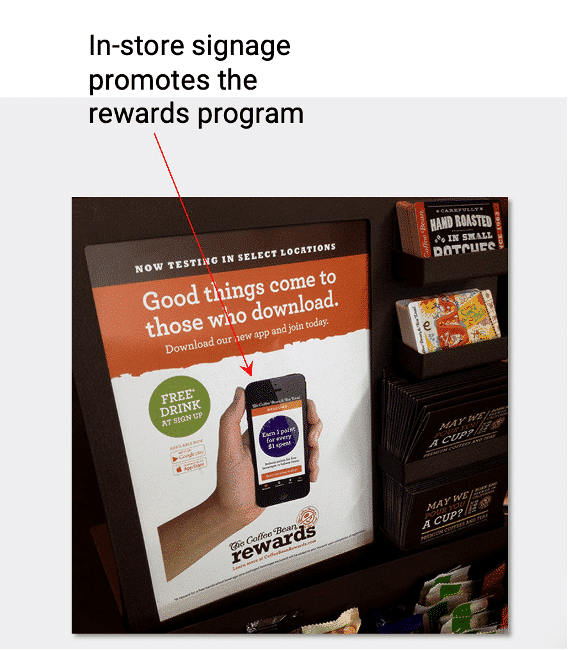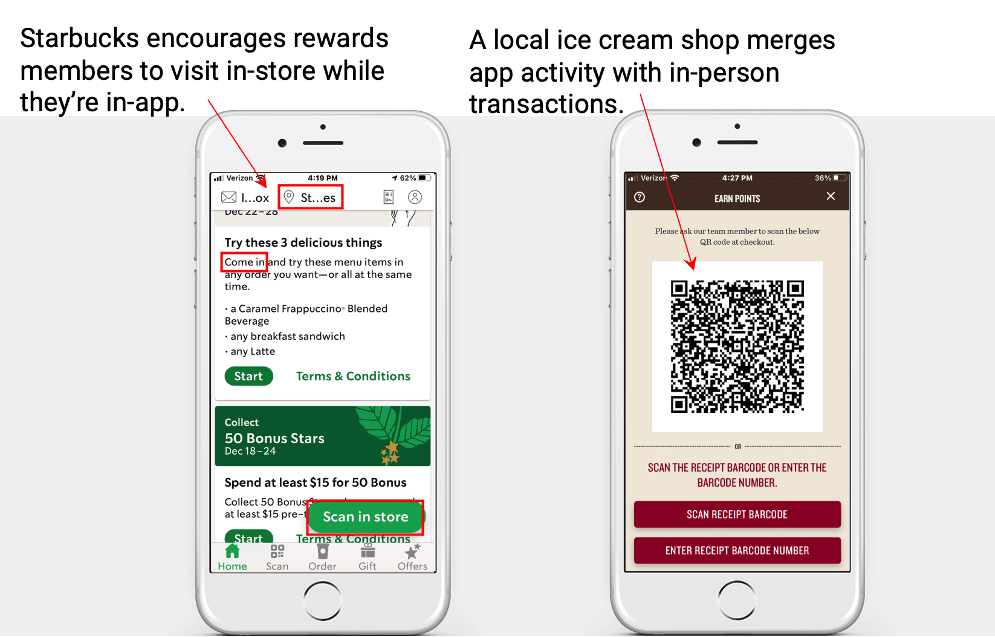It’s estimated that 1.8 billion people around the globe purchase products online. Over the holidays, the vast majority of online sales likely came from anonymous first-time buyers of your brand. That’s a lot of new data.
If you want to turn your unknown buyers into active brand advocates, the best thing you can do is move those individuals into your customer engagement programs and provide personalized experiences. These steps will help rise above your competition as you engage and build deeper relationships with your customers.
The way consumers browse and buy from brands may be forever altered post-pandemic. It’s vital you remain innovative with campaigns, content, and nurturing to keep pace. For example, what’s your plan to re-engage first-time buyers so they return over and over?
Let’s break down three ways that today’s most successful and innovative brands are getting new, first-time holiday shoppers into the broader lifecycle to ultimately become loyal, returning customers.
1. Focus on Value, Not Volume, with Loyalty or Subscription Programs
The transition from sporadic, transactional-based interactions to customer-focused educational membership platforms is a paradigm shift many successful brands are making in 2021.
Loyalty programs have a host of benefits and almost no cons. From a consumer standpoint, they’re based on value, not volume of messages. Loyalty programs are selective, not interruptive. For marketers, they foster engagement, create loads of usable data, and spur more purchases at a higher AOV.
In addition to exclusive content and access to a members-only community, loyalty programs encourage repeat brand interaction as they enable customers to set preferences, build personal profiles, and earn reward points.

Also, they don’t require much time or work beyond the initial creation. Build it once, set the rules in your automation center, and let it flourish. Loyalty clubs and reward memberships are a crucial element to any customer engagement program.
Key Takeaway: Aim for value instead of volume, and look to create exclusive platforms that repeatedly give back to customers. Sacrifice short-term gain for long-term customer loyalty.
2. Look at Data Differently: Permission Marketing
Permission-based marketing and first-party data will become the primary focus in 2021. A strategy to capture and identify more customers (get more first-party data) is key to driving repeat purchases for your customer engagement program.
Moving into 2021, GDPR and other regulatory legislation will continue to be an area demanding marketers’ attention. And, if you haven’t heard, cookies will be going away sometime in 2021-22. As data concerns mount, brands must leverage new methods to manage customer identification and cultivate database growth — black hat methods like buying lists and coercing consumers with slippery email pickup tricks won’t suffice.
Permission-based marketing is about leveraging old tactics (sign up forms, list building, email campaigns, etc) with an entirely new strategy (letting the customer invite you into their lives).
For existing email addresses and new seasonal shoppers, re-subscription campaigns are a great way to reinforce their decision to become a part of your community.

Data protection, data control, and data ownership are the three biggies as it relates to customer information moving into 2021. Here’s three shifts we’ll have to make with collecting and using data:
- Prioritize collection, management, and usage of owned, first-party data
- Create server-to-server integrations to regain control, reduce costs, and future-proof your business
- Use permission-marketing to gain greater control over your brand’s data and provide customers with greater control over their privacy
Key Takeaway: Continue collecting data, especially for first-time website visitors and buyers, but be more proactive about spelling out the benefits of handing it over. It’s not cool to spam annoyed consumers with more marketing clutter, but it’s great to cultivate communities of happily opted-in ambassadors who actually want to hear from you.
3. Merge Offline-to-Online Data for Cohesive Experiences
Let’s say a first-time seasonal shopper visits one of your in-store locations,signs up to receive emails at checkout, and enters their birthday. You now have their email, when they were born, their age, where they live, their items purchased, and their date of purchase.
An archaic or isolated POS system does not communicate that intel into a centralized source of truth where it can be used across all customer engagement programs.
From that one initial purchase, you can connect in multiple ways by providing:
- A birthday campaign with specialized discount code
- A replenishment email or new items in stock
- Local store information including social handles
- Access to other channels like your app and loyalty program
- Cross-sell product recommendations
A disconnected tech stack holds that email address in a deep abyss where little to nothing is done with it.
An omnichannel brand encourages customers to hop between channels and online-to-off in a myriad of ways, like:
- Email to app. Use digital channels where subscribers are logged in or known to usher them to others.
- In-person to app. Get physical shoppers into your digital sphere where you can scale communications and better personalize content.

- App to in-person. Active app users are avid brand advocates. Help them remain that way by getting that in-person feel with reasons to come in.

Key Takeaway: When we create a flow between the in-store and digital experience, all relevant data is collected and available for use in campaigns. But devoid of the tech and tools to mend those dispersed data points, that communion of information (and the omnichannel experiences it enables) can’t happen.
Final Thoughts
As we navigate the post-COVID transition from in-store to online, the need to drive business via e-commerce is obvious. More and more retail sales are expected to be made via mobile devices and even email, apps, and more as we move forward in 2021.
The chance to re-engage new customers gained during the holidays is a can’t-miss opportunity to drive the revenue and customer growth you need to meet business objectives all year.
Handpicked Related Content:












